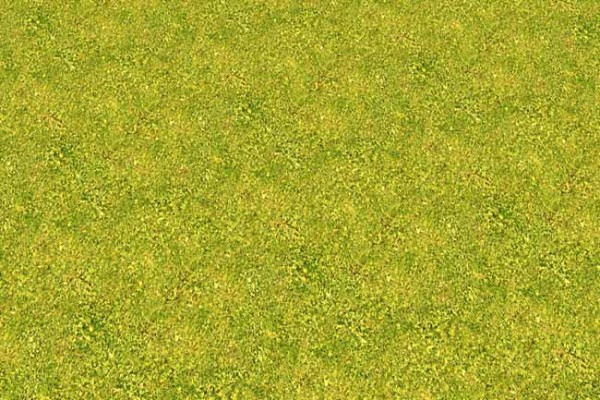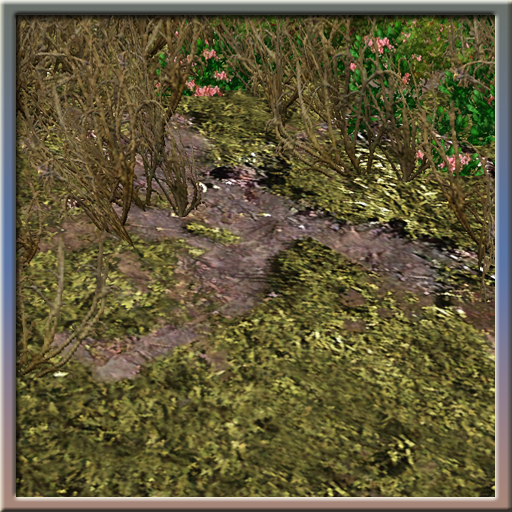
In the Grass section of the Node tab, set the real size of the grass field: select both grass objects and set Size X (along the X axis) and Size Y (along the Y axis) to repeat the size of the 4097 × 4097 terrain.Īdd the grass objects as child nodes to the terrain, so the grass can grow upon the terrain repeating its relief: select the grass nodes and drag them to the terrain node with the left mouse button pressed.Įnable the Intersection option to allow intersection with a parent node. Over this distance the grass will gradually fade out according to the alpha channel value of its diffuse texture.Īs a result, you will see that the grass polygons appear and fade out within the set distance (94 units).

The regular grass will be rendered where the red color is. R8 texture for the regular grass, as its diffuse texture contains only 1 vertical column.Within this tutorial, we will use 2 image masks taken from the Art Samples demo: The grass will grow only across areas with a channel color value. Each channel of the mask (R, G, B and A) controls if the grass from the 1st, 2nd, 3rd and 4th columns (respectively) is rendered or not. Image mask that determines spreading of grass across the terrain. Within this tutorial, for the 4097 × 4097 terrain, 2048 × 2048 texture will be used (1 pixel will be mapped to cover 2 units). Otherwise, you should create a new one of an appropriate size.

If such quality is enough, you can use this texture. For example, if you have the 4096 × 4096 terrain and the 1024 × 1024 texture, 1 pixel of this texture will be mapped to cover 4 units of the terrain.


UNIGINE 2.17 (Latest) (Unsupported SDK).


 0 kommentar(er)
0 kommentar(er)
